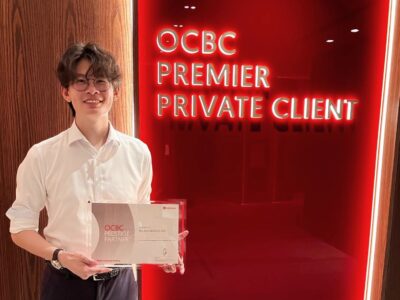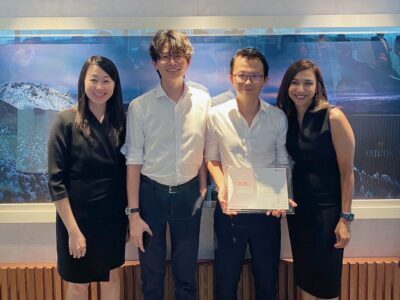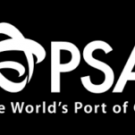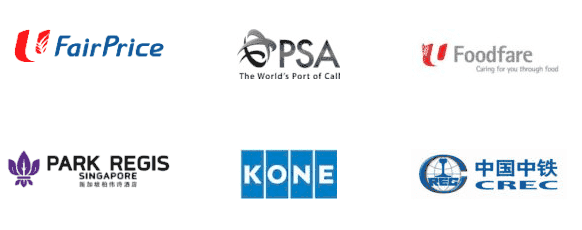Singapore is an excellent place to set up your business. If you are not a local, the Accounting and Corporate Regulatory Authority has clear guidelines that guide you on what you should do to set up your business. To begin, you must first appoint a local company incorporation services firm to handle the registration process. During this time, your company must have a local company secretary, of which you will maintain 100% of the ownership.
Setting up the company is the first part of the process. Doing actual business transactions is another. It would be best if you acquainted yourself with the work culture in Singapore to avoid conflict and litigation. But more importantly, it is to ensure productivity.
Below is the ultimate guide to work culture in Singapore, and how it can help you understand more about the work environment.
Hierarchy and Titles Are Important
For starters, employers and superiors are highly regarded within the office and beyond. It’s hard to form informal friendships with lower-level workers. However, senior managers and mid-level managers may infrequently consider you a pal. Nevertheless, they will always refer to you by your titles. It is also polite to refer them by their titles and do the same whenever you are dealing with stakeholders. It is a show of respect and regard for your seniors and your superiors.
Whenever you are dealing with other stakeholders, chances are your counterpart will be the senior-most member of the team. Refer to him or her by their title and family name. Also, keep conversations within civil tones and observe the 10-second rule.
Collectivism Prevails Over Individualism
The French mastered this concept during the middle ages with the musketeer slogan: ‘all for one and one for all.’ However, that culture in the West has waned, and individual achievements and autonomy took centre stage. On the contrary, Singaporean work culture is still heavily group focused.
Team members often set aside their different interests to cooperate with other group members to achieve collective goals that are vital to the company’s objectives. Cooperation, assisting weaker members and collective responsibility is hailed. On the other hand, individualistic tendencies such as ignoring major group decisions, bragging about individual achievement or pushing for individual recognition are shunned.
Rules and Order Are Appreciated
As a follow-up to the point above, due to prevalent collectivism, many workplaces enforce rules and orders to keep the group in check. One may say that the Singaporean workplace is more of an autocracy. However, it’s a result-oriented autocracy, and it has its benefits.
But, due to revolutions in the global economy and focus on innovation, Singapore’s culture where workers are followers of rules and order is gradually changing.
Average Working Hours are 40-45 Hours a Week
The Singaporean work week starts on Monday and closes on Saturday. However, there are Muslim communities that don’t work on Fridays. But on average, Singaporean workers clock in about 40-45 hours every week at work. Working hours will come in handy when dealing with the accounting firms in Singapore, where one of the requirements during the registration process is to define and publish your official working hours.
Diverse Ethnicities Mean Diverse Cultures
Singaporeans are not just diverse in religious beliefs. The city-state is a melting pot of ethnicities. The majority are Chinese, but there are also a significant population of people residing from India and the natively ethnic Malay. Any workplace will easily reflect these diversities in the work cultures and their output.
As you familiarize yourself with these norms, you will get better at managing teams and in turn, develop realistic goals for your company.
If you require any assistance on accounting services, feel free to drop us an email at johnwoo@ag-singapore.com or contact us at +65-66358767. At Ackenting Group, we offer a free 30 minutes online consultation for us to understand your business requirements better.












